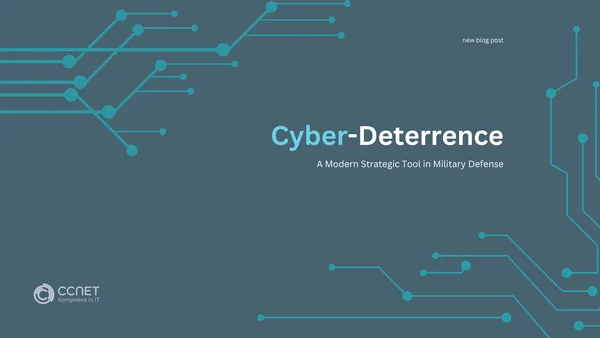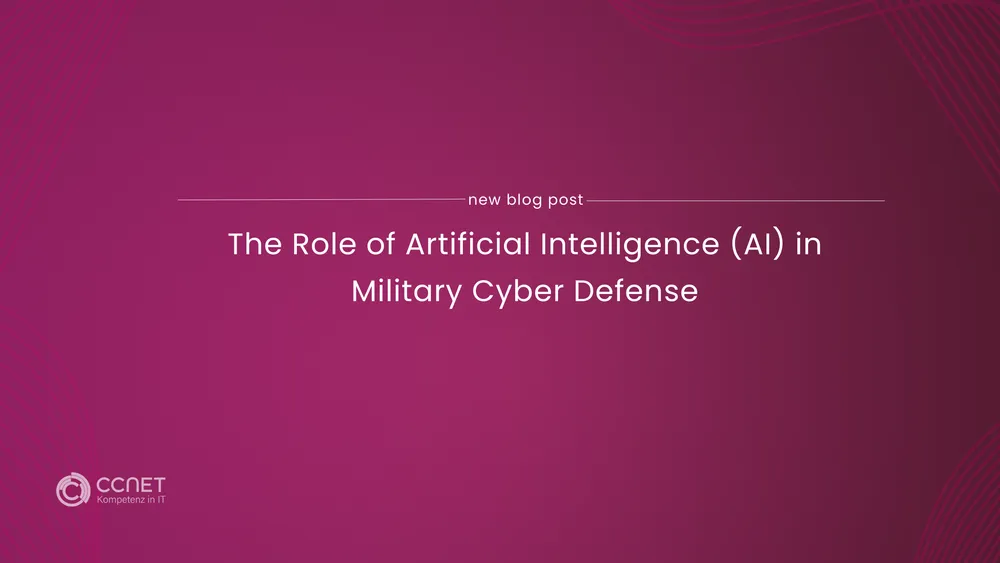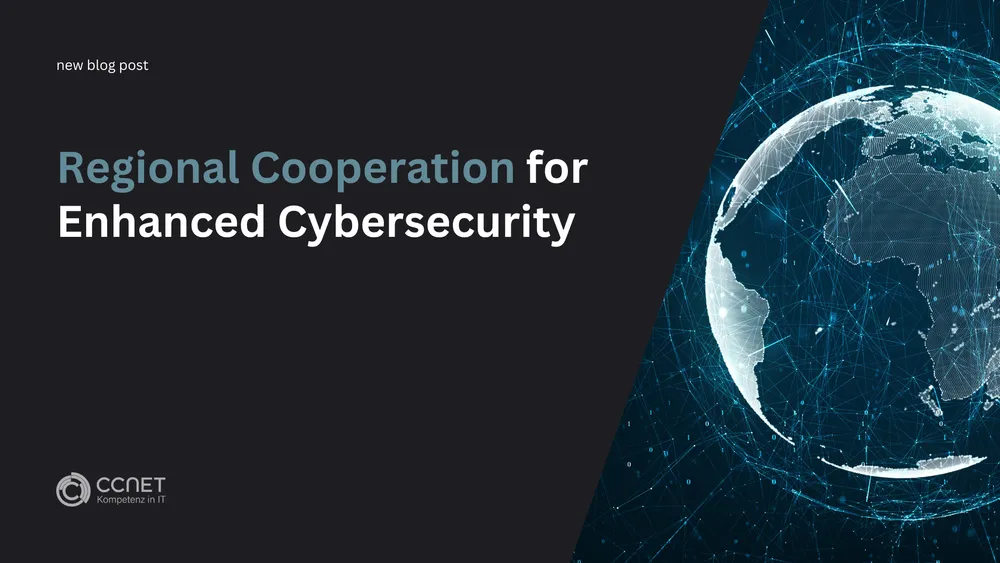
CCNet
Feb 14, 2025 • 3 min read

Cyber Deterrence: A Modern Strategic Tool in Military Defense
While traditional military deterrence is based on the ability to use physical force to deter potential adversaries, cyber deterrence refers to the ability to achieve a similar effect through the threat or actual use of cyberpower. This blog post explores the concept of cyber deterrence, its components, and the challenges associated with its implementation.
The Basics of Cyber Deterrence
Cyber deterrence follows the same principles as traditional military deterrence: capability, resolve, and communication. These three elements are crucial for dissuading potential adversaries from conducting cyberattacks.
-
Capability: To ensure effective deterrence, a state must be capable of inflicting significant damage in the digital realm if attacked. This capability relies on a strong cyber infrastructure, enabling both defensive and offensive cyber operations. A well-developed cyber force capable of responding to attacks and even taking preemptive action is essential for the deterrence strategy.
-
Resolve: Deterrence only works if a potential attacker believes that the defender is willing to use its cyber capabilities when necessary. This requires a clear political and military posture signaling that cyberattacks will not be tolerated, and appropriate countermeasures will be taken in the event of an attack.
-
Communication: For deterrence to be effective, the cyber deterrence capability must be known. This does not mean revealing all the details of cyber capabilities, but rather ensuring that potential adversaries understand that the defender has the necessary means to take effective countermeasures. Publicly conducted cyber exercises, studies, and reports can help to promote this communication.
The Complexity of Cyber Deterrence
However, implementing cyber deterrence is much more complex than traditional deterrence. One of the main reasons for this complexity is the difficulty of attribution in cyberattacks. While in physical conflicts it is often relatively clear who carried out an attack, in cyberspace, it is much harder to definitively identify the source of an attack. Cyber attackers often use compromised networks and obfuscate their identities to prevent direct attribution. This makes it difficult to respond to cyberattacks with deterrence measures, as it is not always clear who the adversary is.
Another challenge is that cyberattacks are often subtle and covert, with the victim not immediately aware of the attack. Unlike physical attacks, which cause visible and immediate damage, cyberattacks may aim to steal information or silently compromise systems without leaving traces. This complicates the decision of when and how to respond to a cyberattack.
Strategies for Implementing Cyber Deterrence
Despite these challenges, there are several strategies to effectively implement cyber deterrence:
-
Passive Deterrence: This form of deterrence relies on a state building such a strong cyber defense that a potential attacker would assume an attack would be too costly or unsuccessful. This can be achieved through the use of advanced security measures, continuous monitoring, and regular security assessments.
-
Active Deterrence: Active deterrence involves deterring potential attackers through the threat of countermeasures. This could be achieved by conducting cyber exercises or deliberately publicizing information about one’s cyber capabilities to demonstrate the state’s ability and resolve to respond to attacks.
-
Combined Deterrence: An effective cyber deterrence strategy combines both passive and active elements. A robust defense, coupled with the capability and willingness to respond to attacks, can maximize the deterrent effect.
Challenges and Ethical Considerations
Beyond the technical and strategic challenges, there are also ethical considerations when implementing cyber deterrence. The use of cyberattacks as a deterrent raises questions about appropriateness and potential collateral damage. Since cyberattacks often do not only target military objectives but can also endanger civilian infrastructure, states must carefully consider how they design their deterrence policies.
Another ethical dilemma is the question of how far a state should go in employing preemptive cyberattacks as a means of deterrence. While preemptive measures may help neutralize potential threats, they also carry the risk of escalating conflicts.
Conclusion
Cyber deterrence is a complex but necessary component of modern military strategies. In the face of increasing cyber threats, states must be capable of deterring potential adversaries from conducting cyberattacks. A successful deterrence strategy requires a combination of capability, resolve, and strategic communication. Despite the challenges and ethical considerations involved, cyber deterrence remains an indispensable tool for ensuring national security in the digital age.


